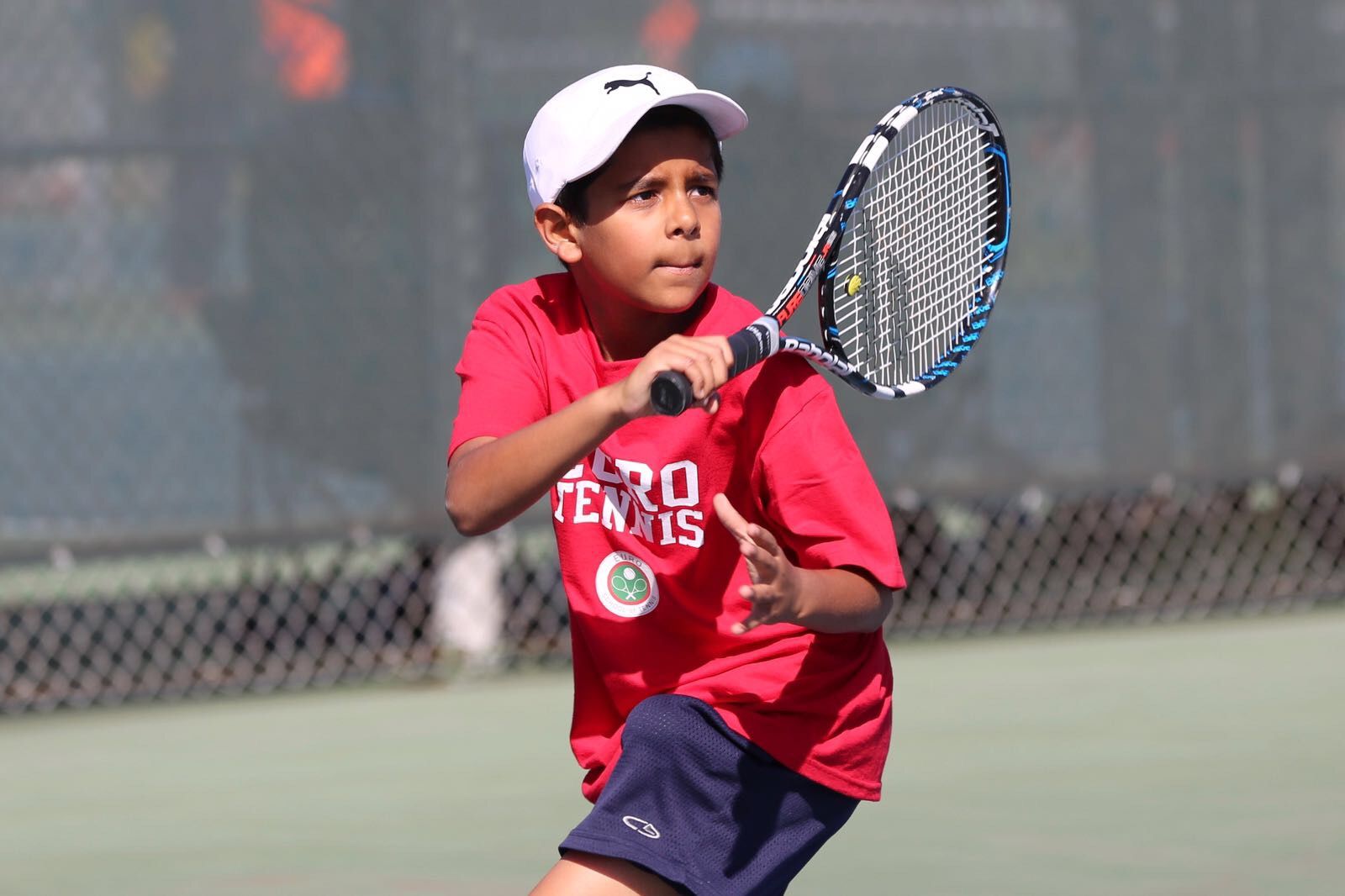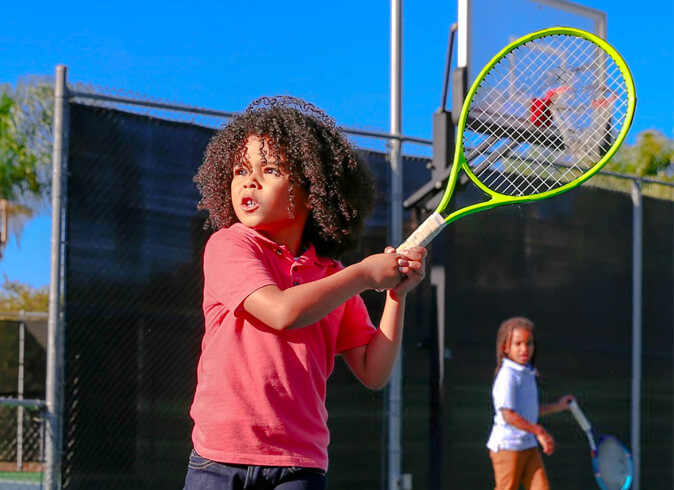A Court Surface Breakdown
Posted in: Blog | Published on: March 30, 2022 | Written By: admin
There are many different ways a tennis court can look and feel. Some are Astroturf, while others are clay or even cement. While the courts may look similar, they all play differently- and those different plays can make or break your success in the game. Here are some of the materials a court can be surfaced in and how they may affect your matches..
Red Clay
Red clay is very common for tennis courts. It’s noted as one of the slowest surfaces to play on, because it has good traction and tends to “hold” the ball as it passes. On this type of court, it’s best to be able to defend, retrieve, and keep things going, because points can be inexorably long. For best results, try using short, angled shots with a heavy topspin, because it’s hard for your opponent to retrieve them.
Grass
Grass courts are often the fastest. While it cuts down on the ball’s bounce, grass can help curate the perfect spin and even help you move faster than you might on clay. Players on this field often slice low and play with low or knee-high shots. If you want to succeed, try a drop shot, because it doesn’t bounce easily and can be harder for your opponent to reach in time.
Green Clay
While you might assume that red and green clay play the same way, it’s actually not true. Green clay is more slippery than red clay, and is faster than red clay (but still slower than a grass court). Players with shoulder-high shots or Western grips do best on this type of field, and if you want to do really well, try hitting behind your opponent during a rally, because it’s difficult to turn around.
Every Surface is Different
Overall, each surface that a court may come with is slightly different. Red clay can be slippery, but it also moves slower due to the way it grabs the ball. Grass doesn’t bounce well, but it can help your ball to skid along and achieve lower shots. Green clay can be difficult to keep ahold of, but is the bounciest of the materials. Each surface plays a little different, and that can make a big different on your playstyle. Next time you’re on a new court, make sure you’re prepared to make the best of it.
 R
R 



